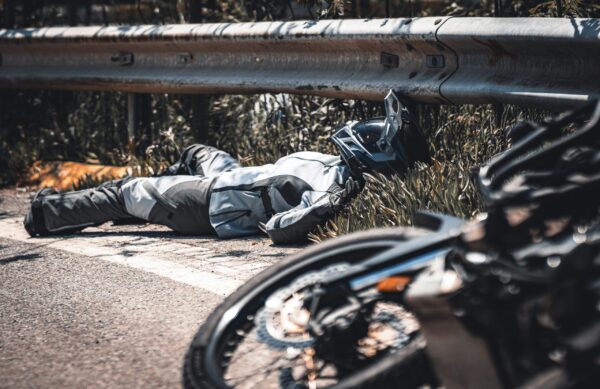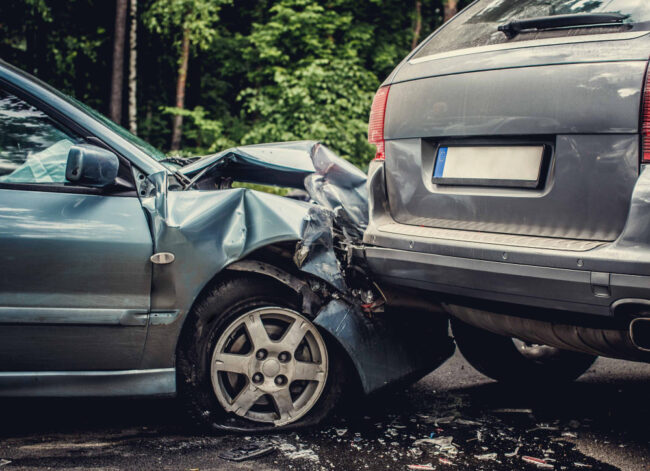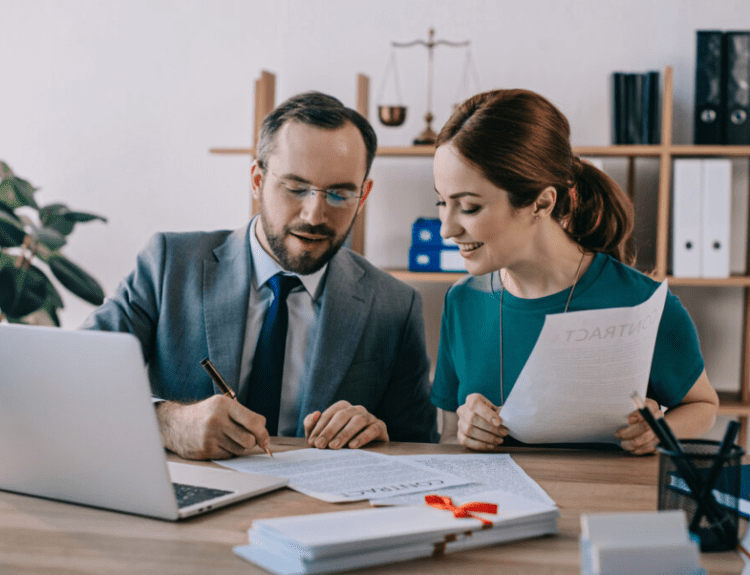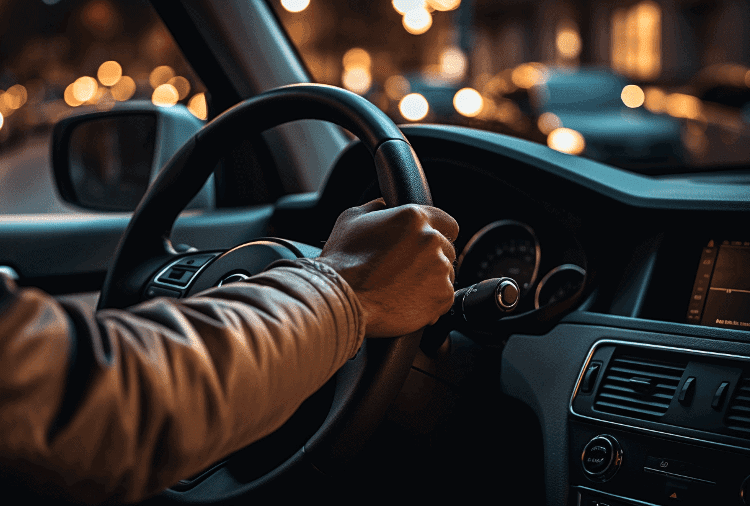Traffic collisions are, unfortunately, a common occurrence on the roads. Often, they result in property damage and injuries. And sometimes, they can also result in fatalities.
According to the National Highway Traffic Safety Administration (NHTSA), approximately 40,901 fatalities occurred in the USA in 2023 due to accidents. The organization estimates that around 39,345 people died due to collisions in 2024.
In scenarios involving property damage or injury, legal action often follows. In the complex world of personal injury law, establishing fault is paramount. This is where eyewitnesses play a crucial and often decisive role.
Their observations can provide invaluable independent accounts of an incident, helping to reconstruct events and determine liability. Without their input, a lawsuit might boil down to a “he-said, she-said” scenario, making it difficult to reach a just verdict.
This article discusses the important role of eyewitnesses in traffic collisions.
Contents
The Value of Independent Accounts
Eyewitnesses offer a unique perspective that directly impacts the outcome of traffic collision lawsuits. Unlike the parties involved, who may have a vested interest in portraying events in a certain light, eyewitnesses are typically neutral observers. Their testimony can corroborate or contradict the statements of the drivers, passengers, and even expert witnesses.
Consider the example of a motorcycle accident that occurred in Fresno, California. According to ABC30 News, the motorcycle collided with a tractor. This led to the death of a woman, and a man with severe injuries was hospitalized.
Several such motorcycle accidents are occurring nationwide. Motorcycle riders are more prone to injuries because their vehicles are lightweight compared to cars, tractors, and buses.
In such scenarios, witness testimonials can help get clarity on the events that occurred. This can help the victims get appropriate compensation for their damages and injuries. Victims can seek help from lawyers for motorcycle accidents caused by negligence. Attorneys can build their case and present it to the court.
As stated by Tim W. Mazzela, a personal injury attorney, lawyers can build your case from the ground up with the help of witness statements. They will also use video footage, skid marks, medical reports, etc., to support your case.
What Makes a Credible Eyewitness?
Not all eyewitness accounts are created equal. The credibility of an eyewitness is a crucial factor in determining the weight that their testimony will carry in court.
It all depends on the credibility of the person. These include their vantage point at the time of the collision, the lighting conditions, their ability to recall details accurately, and more.
As noted in a Taylor & Francis Online study, many factors can influence an eyewitness’s credibility. For instance, consistency in the statement is one of the most important factors. An eyewitness who consistently provides specific, verifiable details over time will significantly bolster their credibility.
Another factor is the eyewitness’s relationship with the defendant. Their relationship can influence credibility, defendant culpability, and decision confidence.
Similarly, how closely the person has witnessed the event is also important. A witness who was directly at the intersection, had an unobstructed view, and was not distracted is generally considered credible. On the other hand, someone who was far away or observed the incident fleetingly is not considered very credible.
Attorneys often seek witnesses who can clearly describe the sequence of events, including vehicle movements and speeds.
The Challenges of Eyewitness Testimony
While incredibly valuable, eyewitness testimony is not without its challenges. Human memory is fallible and can be influenced by a variety of factors, including stress, suggestibility, and the passage of time.
Additionally, emotions can also influence a person’s psychology. A Frontiers study states that people with low measures on the scale of healthy emotionality have a better recollection of details. It shows that emotions experienced when watching events, such as crimes or accidents, can hinder the recollection of the perpetrator’s behavior and appearance.
Misremembered details, unintentional biases, or even a simple misunderstanding of events can lead to inaccuracies. For example, two different eyewitnesses might recall different colors for the same vehicle or disagree on the precise timing of an event.
Cross-examination in court often focuses on these potential inconsistencies, attempting to highlight any weaknesses in the witness’s memory or perception. Moreover, the emotional impact of witnessing a traumatic event can sometimes affect a person’s ability to recall details objectively.
Legal professionals are well aware of these limitations. Therefore, they often combine eyewitness accounts with other forms of evidence to build a comprehensive picture of the incident.
The Impact on Litigation Strategy
Eyewitness testimony has a profound influence on the litigation strategy in a traffic collision lawsuit.
If a compelling eyewitness account supports a plaintiff’s claim, it strengthens their negotiating position and can lead to a more favorable settlement. Conversely, if eyewitnesses contradict a party’s version of events, it can weaken their case and necessitate a re-evaluation of their legal approach.
Attorneys carefully analyze eyewitness statements for their strengths and weaknesses, considering how they will resonate with a jury. They prepare witnesses for deposition and trial, ensuring they understand the legal process and are comfortable presenting their observations clearly and confidently.
Ultimately, the presence of credible eyewitnesses can significantly reduce the ambiguity surrounding a collision. This makes it easier for a court or jury to determine fault and award appropriate damages. Their role is undeniably vital in achieving justice for all parties involved.
Frequently Asked Questions
What is the first thing I should do if I witness a traffic collision?
Your immediate priority should be safety. If it’s safe to do so, check for injuries among those involved and call emergency services. After ensuring safety and calling for help, you can then consider if you can safely provide your contact information to law enforcement.
Can I be forced to be an eyewitness in a lawsuit?
Generally, if you have relevant information, you can be compelled to testify through a subpoena. While voluntary cooperation is preferred, a subpoena is a legal order requiring you to appear in court or for a deposition. However, legal aspects can vary based on context, which is why it is best to consult a lawyer.
How do lawyers typically find eyewitnesses?
Lawyers often begin by reviewing the police report, as it typically lists information about any witnesses identified at the scene. They may also canvas the area where the collision occurred, look for surveillance cameras, or, in some cases, place advertisements seeking witnesses.
Eyewitnesses are often crucial in traffic collision lawsuits, providing independent accounts that can be pivotal in determining fault. While their observations are invaluable, it’s essential to acknowledge the potential for human error and the need to corroborate their testimony with other evidence. Ultimately, their role is vital in establishing accountability and achieving just outcomes in these complex legal proceedings.




